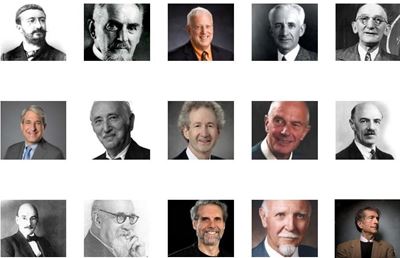
An intelligence quotient (IQ) is a total score as a result from several standardized tests defined to assess intelligence. The abbreviation "IQ" was originally defined by the psychologist William Stern. Historically, IQ is a score retrieved by dividing a person's mental age score by the chronological age. The resulting fraction is multiplied by 100 to obtain the final IQ score. The median raw score of the norming sample is defined as 100 IQ.
IQ scores are used for several goals, like educational placement, assessment of disabilities and evaluating job applicants. Even when students improve their scores, they do not always improve their cognitive abilities, such as memory, attention and speed.
In 1905 Alfred Binet published the Binet-Simon test, which focused on verbal abilities.
In 1939 David Wechsler produced the first version of his test, which became very popular and overtook the Stanford-Binet in the 60s. It has been revised several times to incorporate new research. The Stanford-Binet has also been revised several times and is now in line with Wechsler's. However, the Wechsler's continues to be the most popular test in the United States.

